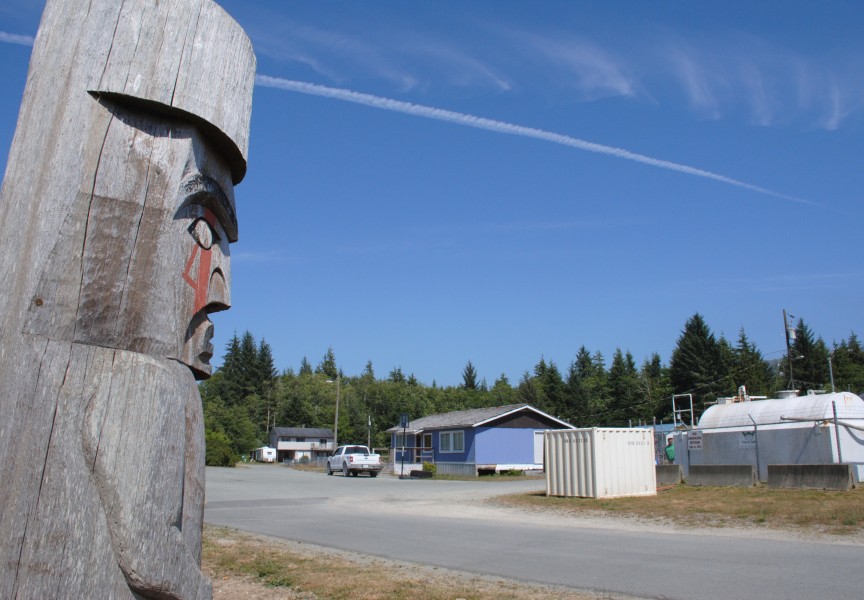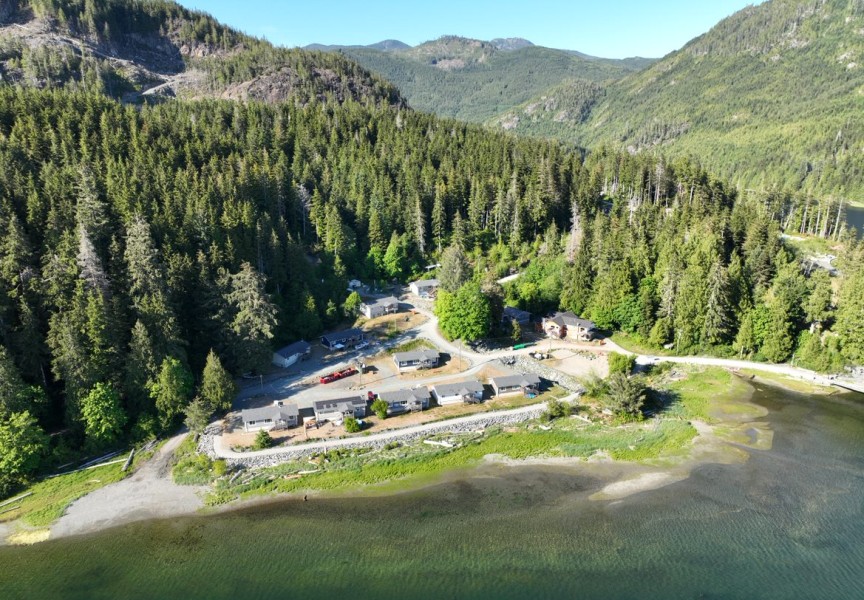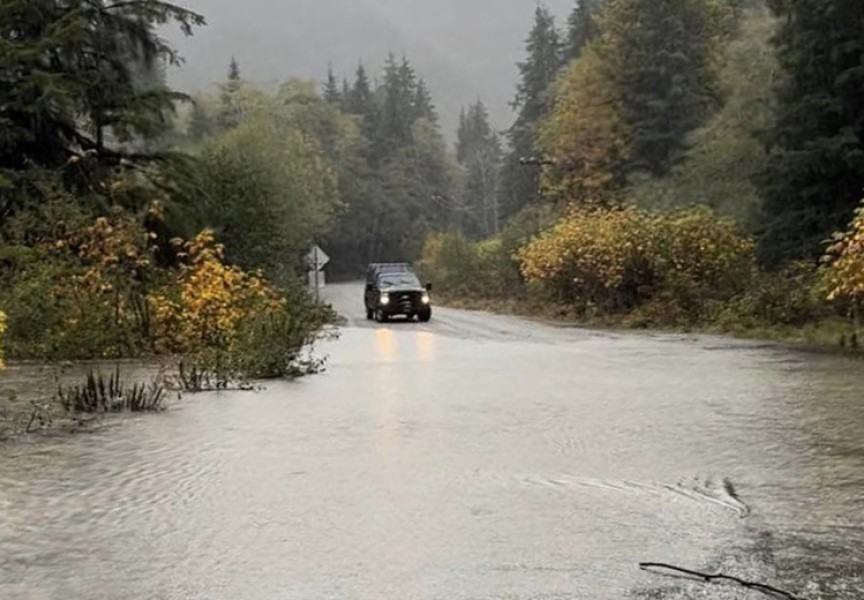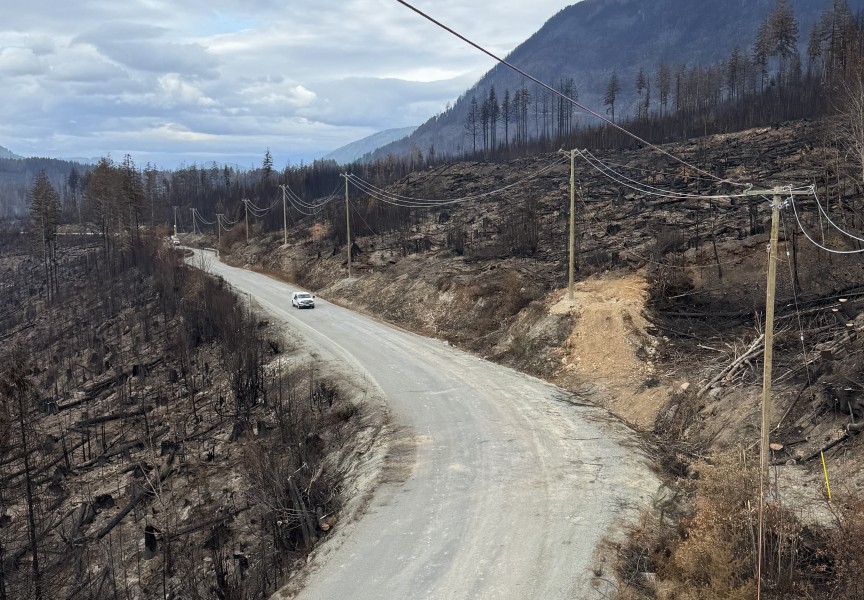Some people might have simply glanced over the recent news that the provincial government will be providing funding for some remote communities in British Columbia to improve their Internet capabilities.
But for Julie Colborne, the mayor of the village of Zeballos, located within the traditional territories of the Ehattesaht First Nation, the news is rather significant.
“Economically it’s a game changer,” Colborne said. “It puts us on an equitable and more equal playing field with everyone else.”
Currently those in Zeballos, which has a population of slightly more than 100 residents, must rely on a satellite uplink to connect to the Internet.
“Sometimes it is weather dependent,” Colborne said of the ability to access the Internet in her village.
And storms have the ability to wipe out Internet access, perhaps for many hours at a time.
But that will change with the announcement that the provincial government remains committed to major connectivity investments.
Bringing more reliable Internet access is part of the StrongerBC: BC's Economic Recovery Plan.
Last September provincial officials announced they would provide $90 million in grant money to support broadband and cellular infrastructure to assist those in Indigenous and rural communities throughout B.C.
That funding announcement was an expansion of the Connecting British Columbia initiative.
Those from Ehattesaht First Nation and Zeballos will benefit from Internet upgrades that are part of a $10 million project that will be spearheaded by CityWest. This project, which will enhance connectivity for more than 2,800 households in four First Nations villages and the communities within their territories.
Besides Ehattesaht, the others included in this project are Haida Nation, Klahoose First Nation and Nuxalk Nation.
Lisa Beare, the Minister of Citizens’ Services, is pleased to see the provincial government doing its part to upgrade Internet capabilities for some B.C. residents.
“We're rolling up our sleeves and joining with communities, First Nations and service providers to usher in a new age of connectivity along B.C.'s stunning coastline,” Beare said. “Improvements to Internet access will begin to arrive this year, unlocking opportunities for people, families and workplaces in coastal areas. Connectivity brings the world to our doorsteps. Together, we can ensure people in coastal communities have the internet access they need.”
Michelle Babchuk, the MLA for North Island, is another politician that is happy with the coming changes.
“I'm pleased to see we are approaching a day when everyone on our coast has the internet access they need,” she said. “Our region is in the midst of significant economic shifts, and connecting communities to high-speed internet brings opportunities for more diverse economies with good, stable jobs well into the future.”
Ehattesaht First Nation and Zeballos residents will benefit as they will be able to hook up with the Connected Coast project.
This venture, managed by CityWest and the Strathcona Regional District, utilizes fibre-optic cables installed in waters.
Colborne said local residents will eventually be connected to these cables and have access to high-speed reliable Internet and cell service.
“Any Internet upgrade is a good news story,” she said.
Colborne said the COVID-19 pandemic has brought to the forefront the importance of reliable Internet since many people are now working from home and online learning has become the norm for many students.
Colborne said locals will no longer have to feel as if they are at a disadvantage once the Internet changes have been made.
“Businesses are easier able to connect with people purchasing their services,” she added.
Stefan Woloszyn, who is the CEO of CityWest, is glad his telecommunications company will be able to provide increased capabilities for many.
“We have heard from community leaders about how connectivity is critical to foster growth in the digital economy and navigate the challenges of the COVID-19 pandemic,” Woloszyn said. “The Strathcona Regional District and communities have worked tirelessly with us to improve connectivity for people on the coast.”
Despite the funding announcement to improve Internet capabilities in various communities, Colborne said those changes will not happen overnight.
“I believe it’s a three-year start up to finish,” she said of the project, expected to commence at some point in 2021.







